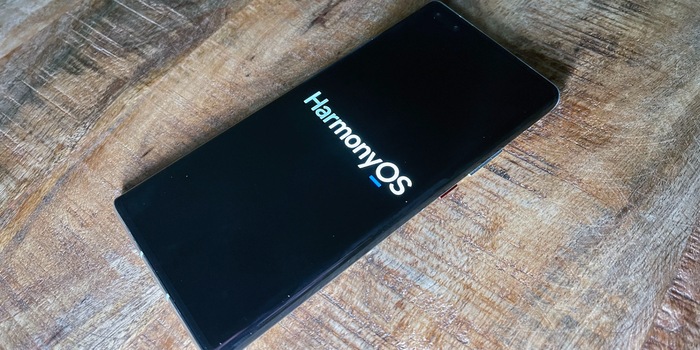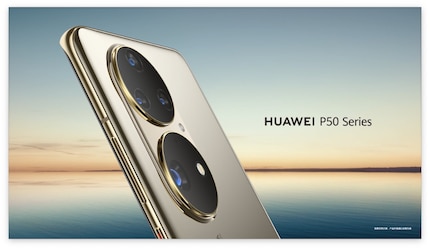
HarmonyOS is here: goodbye, Android
Huawei has presented its proprietary mobile operating system. HarmonyOS is supposed to be faster, lighter and more future-proof than Android ever was.
Huawei’s new operating system HarmonyOS is supposed to run on everything from smartphones to smartwatches to cars and – should a manufacturer so desire – even on smart toasters. The completely newly developed kernel of the operating system (OS) is supposed to be faster than Android ever was. According to Huawei, Android has got a bit long in the tooth.
«Huawei has addressed the frustration of Android phones slowing down over time and made new experiences possible,» says Richard Yu, CEO of Huawei’s mobile division, at the beginning of the presentation.
Sounds good. And dearly necessary. Just few years ago, Huawei was a giant in the smart device sector. Former U.S. President Donald Trump then came along and banned U.S. companies from exchanging goods, commodities, knowledge, and services with Huawei. Sales plummeted and the glory faded away.
Huawei has some catching up to do – and HarmonyOS is supposed to make it happen.
First things first: Huawei did briefly show the long-overdue P50, but its release date remains unknown. The design, however, is official:

One OS for all
HarmonyOS is supposed to run on any smart device, not just smartphones. Huawei hopes to avoid having to create separate operating systems for watches, cars, phones, and so on. And importantly, HarmonyOS should also run on devices that no one has thought of yet.
Development of the OS started five years ago, and it was developed from the ground up. It runs on a minimum of 128 kb of RAM. One hundred and twenty-eight. No, that’s no typo. It’s little and light. It allows speeds on high-end hardware that have never been seen before.
The operating system is also supposed to be able to interact with the real world, crossing device boundaries. Payment via NFC has become an established feature. But Huawei’s thinking further ahead. «Service Points» should work similarly to a time clock and enable quick entry checks and payment. For example, you run to catch the tram, hold your phone up to a sensor, and just like that you have a valid ticket.
This has impacted the security mechanisms in place. For example, you can set your phone to unlock only if it can simultaneously measure your pulse.
A dash of Android, a pinch of iOS
Visually, HarmonyOS doesn’t look so different. There’s a control panel similar to that on Apple’s iOS. It’s supposed to be the hub of a smart ecosystem. You can configure your Control Center using widgets and arrange services and devices as you please. You can put Spotify on all your Bluetooth headphones and Wi-Fi speakers.
Huawei calls the concept «Super Device» – a device that’s actually several devices seamlessly working together. Huawei had already strived for this seamlessness in the past with its user interface Emui, which worked surprisingly well. But HarmonyOS is supposed to go one step further.
You can select devices currently in use on the Super Device by dragging and dropping, among other things. It should even be possible to transfer a video call from your smartphone to your TV and continue the conversation there. It’s supposed to be as seamless as the data transfer between devices. Windows should remain fully compatible, as before. Seamlessly integrating other app-driven smart devices should also be possible. Even the data from the Health app is supposed to be integrated – for example, a smoothie machine can then recommend the best smoothie for you to make based on your dietary preferences and activity level.
With this, Huawei has introduced the first decentrally designed operating system. In other words, an OS that was not specifically developed for one type of hardware.
Exciting.
These are the first devices with HarmonyOS:
- Huawei Watch 3
- Huawei MatePad Pro with the new Huawei M-Pencil
I’m certainly staying tuned. If all goes well, I’ll be able to tell you – and show you – more tomorrow.
Journalist. Author. Hacker. A storyteller searching for boundaries, secrets and taboos – putting the world to paper. Not because I can but because I can’t not.
From the latest iPhone to the return of 80s fashion. The editorial team will help you make sense of it all.
Show all